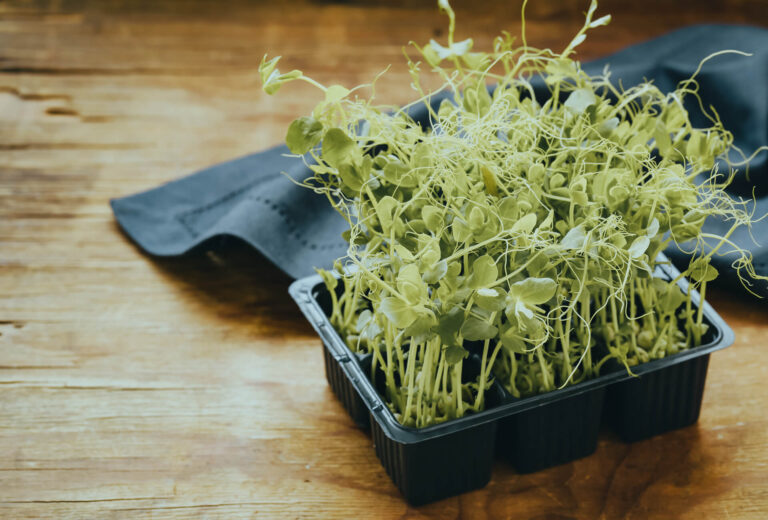The adventure to beekeeping (chapter one)
- Our Sustainable Farm (OSF)
We are the proud host of 30 bee hives on our property 🙂

Setting up an Apiary for happy bee’s colonies
An apiary is a location where beehives are kept and managed by beekeepers, which can be on their farms or on any other regulated land. Beekeepers are responsible for the bees in their apiary, and they should understand how to build a productive and safe apiary for all.
So, before establishing an apiary, you should be aware that up to 50 hives can be housed in a single apiary where there are enough summer flowers for foragers. Bees search for areas within a radius of 3 to 5 kilometers, and if there are fewer flowers within that radius, the bees are forced to fly beyond it. As a result, some considerations must be made before establishing an apiary. As a result, this comprehensive guide is all about it!

How Do I Make an Apiary?
If you want to expand your beekeeping, you must first build an apiary. Different hives in an apiary have nearly identical conditions, and their status can be checked.


Consider these factors first before establishing an apiary.
Before beginning beekeeping in a residential area, you should familiarize yourself with the laws, regulations, and requirements.
You should know the number of hives, or the minimum distance allowed between them. You should also avoid practicing beekeeping near public or private educational institutions.
The best time to build an apiary is in the spring.
Before constructing an apiary, make sure you have the necessary beekeeping equipment.

Making an Apiary
Follow these steps to establish a healthy apiary after considering country or state laws and marking all checkpoints.

Select the best location
The first and most important step in establishing an apiary is to choose a location. The location can impact your bees’ health, harvesting and maintenance convenience, safety, and many other factors.
So here are some pointers to help you choose the best apiary location:
An apiary should be located near flowers where nectar and pollen-producing flowering plants can increase bee productivity.
Select a location that provides shade in the summer but allows for sunlight in the winter. One simple way to find such a location is to place hives beneath a deciduous tree or on the east side, where bees will receive warmth from the rising sun and shade in the afternoon.
Provide bees with access to water, such as a lake, pond, stream, or even water in a birdbath. Water is required for bees to produce bee bread, which is used to feed larvae and crystallize honey.
Consider the bee’s flight path because field obstructions can interfere with their flight.
Above all, it should be away from high foot traffic areas, pets, and children. Using a high fence helps with directional flight and helps avoid going in areas like neighbors’ vicinity and pet houses. Also, choose a safe location for your neighbors because bees react quickly to annoyance and may attack.

Purchase beekeeping equipment
After deciding on a location for the apiary, the next step is to acquire the necessary tools for starting and maintaining beehives. It primarily consists of beehives used to keep, nourish, and protect bees from the elements. You will need the smoker to work in the hives so that aggressive bees do not attack you.
A bee brush is also useful for gently brushing bees off frames when transferring honey or brood from one hive to another or harvesting honey.

Choose Your Hive Style
In general, there are three types of hives, and which one is best for your apiary depends on your preferences or needs.
With some modifications, the Langstroth style is the oldest of all beehive designs. It is a vertical and expandable hive with vertically hanging comb frames.
Warre style is like the first beehive style, but the interior of the hive is like that of a hollow tree to provide bees with a natural environment.
Because of their rectangular design, top bar hives are considered the most convenient and modern beehives. There is no weight on the hive to see in it and working at a comfortable height is simple.


Use personal protective equipment
Wear a full suit and personal protective equipment when working with bees. It comes with a full-body suit, jacket, veil, and hat. Furthermore, gloves and boots are required for safe beekeeping because your hands enter the hive, and if exposed, bees can sting you within minutes. To avoid stings, it is best to wear leather or canvas gloves. Tuck your pants in to keep bees from crawling up your legs.

Busy bees and apiary establishment
The last step in establishing an apiary is to obtain bees. There are two options:
Thousands of worker bees and one queen bee are included in bee packages. When purchased in this manner, bees are ready to be installed in the hive, and you must first introduce worker bees before introducing queen bees.
Nucs, on the other hand, are considered small hives with five frames and properly established bees. Bee nucs should contain queen bees, worker bees, nurse bees, and drones. Above all, there will be honey, and the queen will lay eggs.
It is very simple to work with nucs and install them in larger hives. Five frames in nucs will need to be replaced with frames already present in the hive. The bees will now have more room to move around, and the colony will grow and expand.

Conclusion:
Establishing an Apiary Set hives in the chosen location after fulfilling all requirements and arranging everything. Wear protective equipment and place bees in the hives. You will have completed the process of establishing an apiary. But keep in mind that building an apiary does not complete your task. Bees must be ministered to and cared for on a regular basis. To deal with a bad situation, you must first check their health and observe their behavior.







